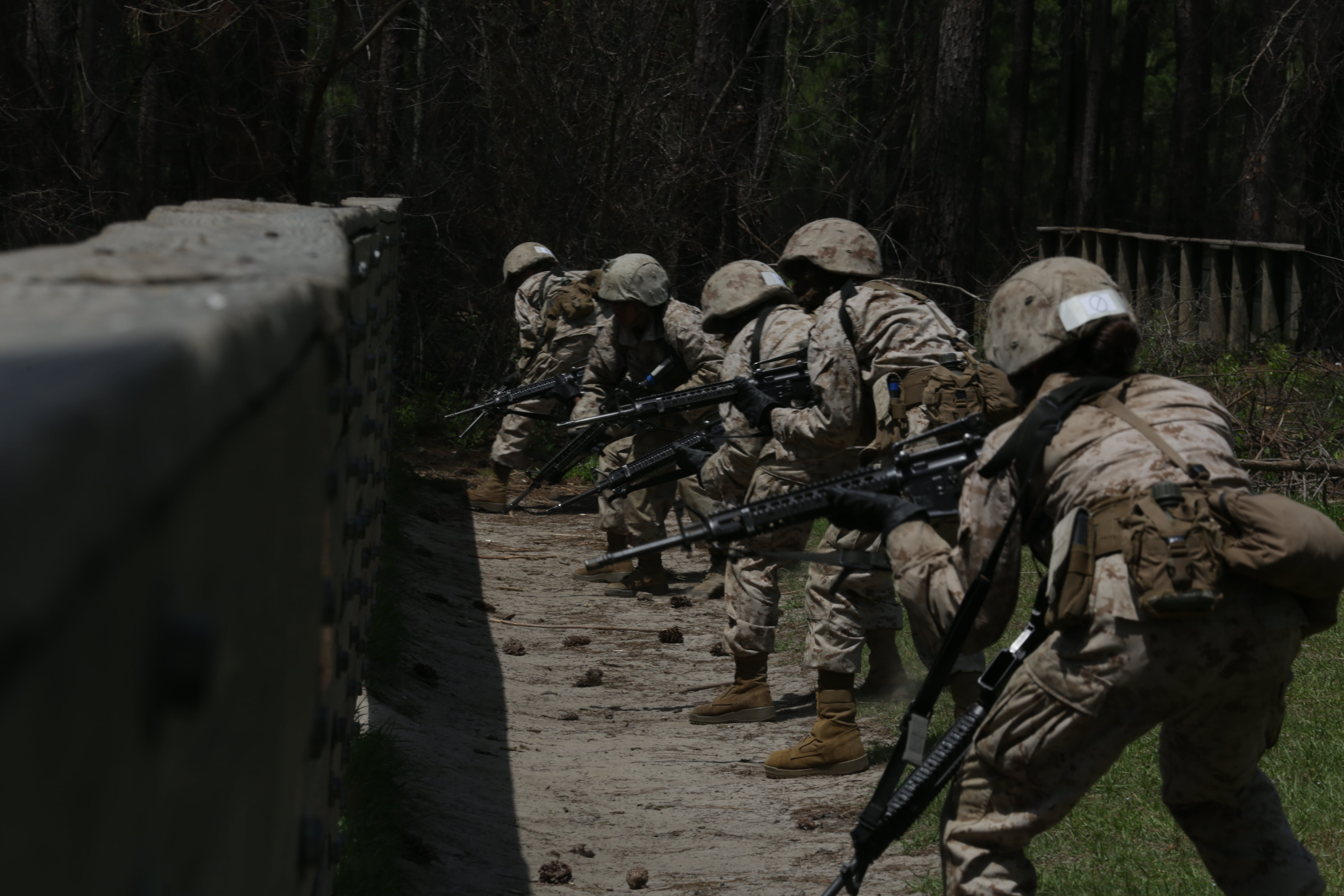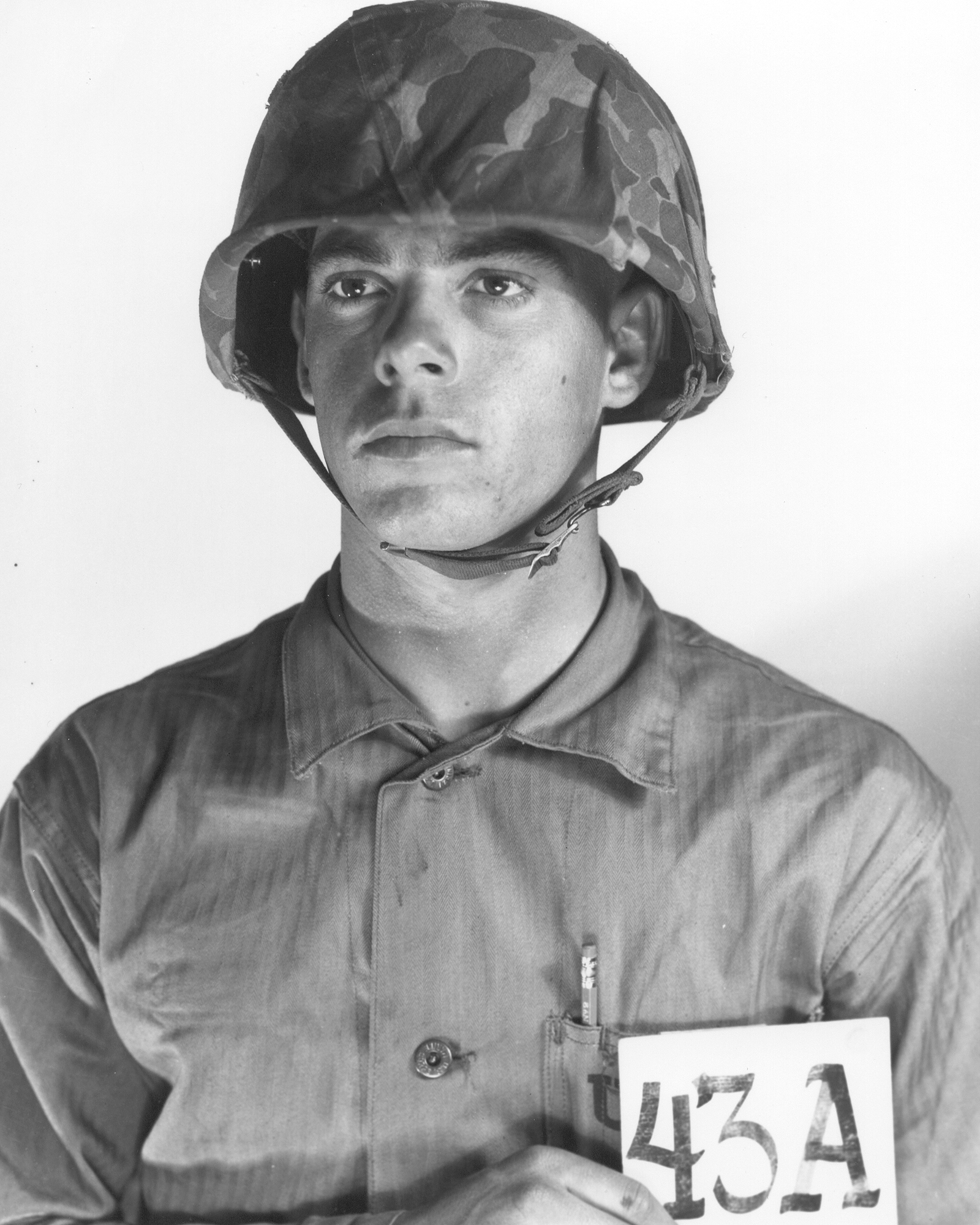The global security landscape is in constant flux. The predictable rhythms of Cold War deterrence and the distinct focus of post-9/11 counterinsurgency have given way to a far more complex, interconnected, and technologically saturated environment. Peer and near-peer competitors re-emerge, non-state actors leverage sophisticated tools, and domains of conflict expand beyond land, sea, and air into cyberspace and outer space. This necessitates a fundamental evolution in how militaries prepare their personnel. Modern military training programs are rapidly adapting, moving beyond traditional rote drills and large-scale maneuver exercises to incorporate sophisticated technology, emphasize cognitive resilience, and integrate operations across multiple domains to address these contemporary challenges effectively.
New Demands on Personnel
Today's warfighter faces a dramatically different set of threats than their predecessors. Key challenges driving training evolution include:
Great Power Competition: The resurgence of strategic competition with nations like China and Russia demands proficiency in Large-Scale Combat Operations (LSCO) across multiple domains, operating against adversaries with sophisticated integrated air defense systems, electronic warfare capabilities, and long-range precision fires. This contrasts sharply with the counterinsurgency (COIN) focus of the last two decades, which emphasized population-centric tactics and small-unit actions against less technologically advanced foes.
Technological Proliferation: Advanced technologies are no longer the exclusive domain of major powers. Drones, sophisticated sensors, cyber weapons, and precision munitions are increasingly accessible to state and non-state actors alike. This necessitates training in countermeasures (like C-UAS), cyber defense/offense, electronic signature management, and operating effectively in environments saturated with enemy sensors.
Multi-Domain Operations (MDO): Conflict is no longer confined to distinct geographical domains. Adversaries seek to exploit seams between land, sea, air, space, and cyberspace. Military forces must train to synchronize effects across all these domains simultaneously, requiring unprecedented levels of joint integration and communication.
Information Warfare: The cognitive domain is a critical battleground. Disinformation campaigns, propaganda, and psychological operations aim to undermine morale, sow confusion, and influence decision-making. Training must equip personnel to recognize, analyze, and counter these threats, both internally and externally.
Urbanization and Littorals: Future conflicts are increasingly likely to occur in complex urban environments or contested littoral zones, requiring specialized tactics, techniques, and procedures distinct from open-terrain warfare.
General Trends in Training Evolution
In response to these challenges, several overarching trends are emerging across military training programs:
Increased Realism and Complexity: Training scenarios are becoming more complex, incorporating multi-domain threats, realistic opposing forces (OPFOR) employing sophisticated tactics and technology, and stressful decision-making environments. Live, Virtual, and Constructive (LVC) training environments are crucial, blending real troops and equipment with simulated entities and computer-generated forces to create large-scale, complex scenarios cost-effectively.
Technology Integration: Training increasingly leverages simulators, virtual reality (, augmented reality, and AI-driven analytics. VR/AR can provide immersive practice for complex tasks (aircraft maintenance, medical procedures, urban combat) safely and repeatedly. AI can help tailor training, assess performance, and manage complex LVC simulations.
Focus on Cognitive Skills: Beyond physical prowess and technical proficiency, training emphasizes critical thinking, adaptability, ethical decision-making under pressure, and information processing in degraded or contested environments. Resilience training to manage stress and combat psychological manipulation is also gaining prominence.
Emphasis on Joint and Multi-Domain Integration: Exercises increasingly involve multiple services and international partners, forcing units to practice coordinating actions across different domains and command structures. Data sharing and network integration are key focuses.
Data-Driven Assessment: Performance metrics and data analytics are used more rigorously to evaluate training effectiveness, identify weaknesses, and personalize learning paths.
How Are the Services Adapting
Each branch of the U.S. military is adapting its training paradigms in unique ways tailored to its core missions and the specific challenges it anticipates. Driven by the need to counter peer competitors in the Indo-Pacific, the Marine Corps is undergoing a significant transformation under Force Design 2030. This concept envisions smaller, highly mobile, and technologically advanced Marine Littoral Regiments (MLRs) capable of operating within the adversary's weapons engagement zone, particularly in contested maritime environments. Training has shifted dramatically to support this. A prime example is the focus on Expeditionary Advanced Base Operations (EABO). EABO training prepares small, dispersed Marine units to establish temporary, difficult-to-detect bases on islands or shorelines. From these bases, they can conduct reconnaissance, employ long-range anti-ship missiles, support sea control/denial efforts, and contribute to air defense. This training emphasizes multi-domain awareness (integrating space, cyber, and EW inputs), signature management (reducing electronic and physical footprints), logistics in contested environments, integration with Navy assets, and autonomous small-unit decision-making. Exercises increasingly simulate GPS-denied environments, persistent surveillance, and missile threats, forcing Marines to adapt tactics learned during decades of COIN to a high-tech, littoral fight.
Facing challenges to maritime dominance from peer navies and the proliferation of anti-access/area denial (A2/AD) capabilities, the Navy is evolving its training around the concept of Distributed Maritime Operations. DMO seeks to increase naval power resilience and effectiveness by distributing forces across a wider area, complicating adversary targeting. To prepare sailors for this complex operational concept, the Navy heavily relies on Live, Virtual, Constructive (LVC) training. Large Scale Exercise events exemplify this; LSE integrates live forces at sea and ashore with virtual simulators (like those for bridge or combat information center crews) and constructive, computer-generated forces representing both friendly and enemy assets on a massive scale. This allows the Navy to practice complex, fleet-level DMO scenarios involving hundreds of ships, aircraft, and submarines (many simulated) across vast distances, incorporating cyber and electronic warfare challenges, and integrating joint and allied partners – something impossible to replicate purely with live assets due to cost and logistical constraints. LSE tests command and control structures, network resilience, long-range targeting, and coordinated multi-domain effects, directly preparing the fleet for high-end, contested maritime warfare.
The Army's primary focus has shifted back to readiness for Large-Scale Combat Operations (LSCO) against peer adversaries, underpinned by the MDO concept. MDO aims to achieve "convergence" – the rapid integration of capabilities across all domains (air, land, sea, space, cyber) to overwhelm adversaries. Project Convergence is the Army's flagship experimentation and learning campaign designed to develop and refine the technologies and concepts needed for MDO. While technically an experimentation effort, Project Convergence heavily informs and shapes future training. During events, the Army, often alongside other services and allies, tests linking sensors (like satellites, drones, ground radar) to the best available "shooter" (artillery, aircraft, cyber tools) using AI algorithms and advanced networks to dramatically shorten the decision cycle and increase lethality. Training derived from Project Convergence focuses on integrating space-based intelligence, cyber effects, and air/naval assets into ground maneuver plans. Units practice operating with new robotic systems, AI-enabled decision support tools, and resilient communication networks designed to function under electronic attack. This approach moves training beyond traditional combined arms maneuver towards synchronizing effects across domains at speed and scale, preparing soldiers for the data-rich, highly lethal, and fast-paced MDO environment.
The Imperative of Continuous Adaptation
Military training is no longer a static process of mastering established doctrine. It is a dynamic, continuously evolving endeavor critical to maintaining a decisive edge. The integration of advanced technology like LVC environments, the renewed focus on cognitive skills and resilience, and the absolute necessity of mastering joint, multi-domain operations are hallmarks of this evolution. As technology accelerates and geopolitical landscapes shift, the commitment to realistic, adaptable, and forward-looking training will remain paramount for ensuring military forces are prepared for the complex conflicts of today and tomorrow.



%201.svg)









